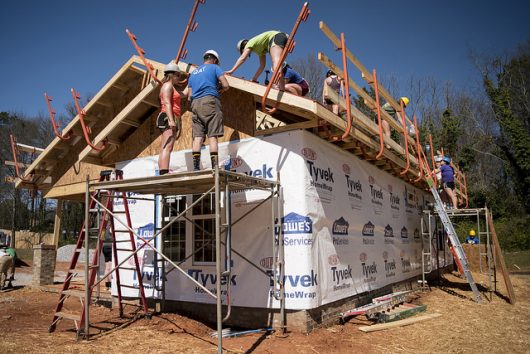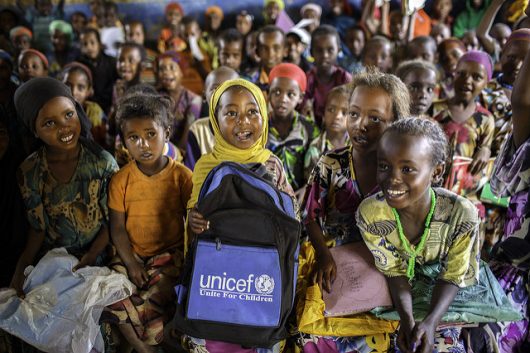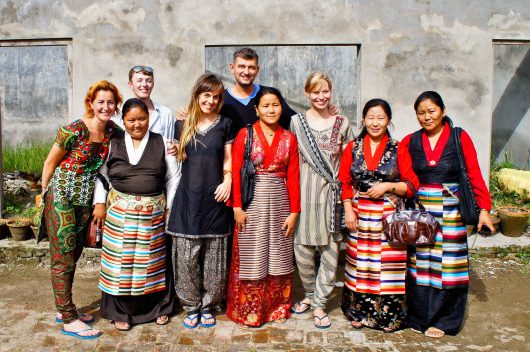 June 20 marked the 18th anniversary of world refugee day. There are currently 68.5 million forcibly displaced people worldwide. Of those millions, 25.4 million people are classified as refugees.
June 20 marked the 18th anniversary of world refugee day. There are currently 68.5 million forcibly displaced people worldwide. Of those millions, 25.4 million people are classified as refugees.
World Refugee Day holds a long history of support for those in need. This day is celebrated in order to give all an opportunity to help refugees and to create a public awareness for millions of lives that are in need of saving.
Since the beginning of World Refugee Day in 2000, the refugee crisis has increased greatly. Growing from 12 million in 2000 to more than 20 million in 2018, refugees can be found seeking shelter in many countries.
The United Nations
The United Nations High Commissioner for Refugees has taken steps to fight the refugee crisis. The UNHCR provides assistance and support to refugees all over the world. Present in 128 countries and 478 locations around the world, the UNHCR is helping those wherever they can.
For example, in Ukraine, the UNHCR is working with the Ukrainian government to help strengthen the asylum system and gives medical, material and social assistance to those refugees and internally displaced people. In Ukraine, there are currently 1,800,000 people who are internally displaced and 3,253 refugees from other countries.
Along with working with the government and giving assistance to those in need, the UNHCR in Ukraine provided 843 homes with winter cash assistance in 2018.
Another recent effort presented by the UNHCR was their assistance in Montenegro. On April 3 the UNHCR paired with the Red Cross and opened the first Community Centre for persons seeking international protection.
Education
The UNHCR doesn’t only just provide physical materials and goods; they also are committed to bringing education to refugees all over the world.
By the end of 2016, the UNHCR had encouraged 64 out of 81 countries to put policies in place to support the inclusion of refugee children in the respective countries education system. After this push, more than 984,000 refugee children were enrolled in primary education.
Of that 984,000 refugee children, 250,000 were not attending school at the time.
How to Help
While the UNHCR is continually working to better the lives of refugees all over the world, there is still plenty of work that can be done on the individual level for refugees. Here are five ways that anyone can get involved no matter where they may be.
- Volunteer a skill: Having a specific skill or talent can be used for good to help refugees. Whether knowing how to budget extremely well or how to create a website, there are refugees in local communities who would appreciate learning a new talent or skill to help them with their future endeavors.
- Spread awareness: Hold fundraisers, raffles, yard sales or meetings to spread the word about the refugee crisis. There are some that may know there is a problem, but don’t know much more than that. By putting on events and spreading the word, education about this crisis will increase awareness.
- Call the House Representatives and the Senate: Calling local state representatives is a quick and easy way to let one’s voice be heard. Placing a call to a member of the House or Senate will let them know that this is an issue that you care about and want to address.
- Support business and organizations run by refugees: Moving to a new country and facing the economic challenges of that country can be one of the hardest things for refugees. Supporting their family can be difficult for refugees in a new country. Make an effort to buy from refugees to help them get started in a new place.
- Donate: Donating can be one of the easiest ways to help refugees in need. Donations can be for organizations that go out into the field and provide physical goods or they can be for organizations, like The Borgen Project, that push elected officials to support and pass laws to help those in need.
While the refugee crisis continues to grow, it is important to know that anyone can take part in getting laws passed to protect refugees or can offer kindness to those who are adjusting to drastic life changes.
– Victoria Fowler
Photo: Flickr




 Samoa is a state that consists of nine volcanic islands located in the central Pacific Ocean. The islands of Savai’i and Upolu account for more than 99 percent of Samoan land, and
Samoa is a state that consists of nine volcanic islands located in the central Pacific Ocean. The islands of Savai’i and Upolu account for more than 99 percent of Samoan land, and 



